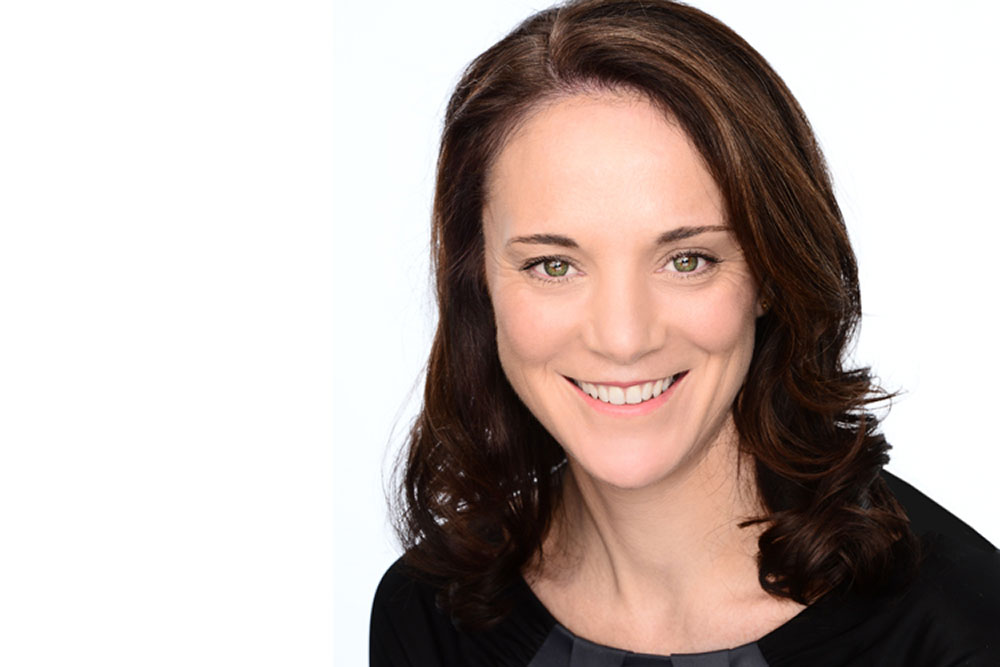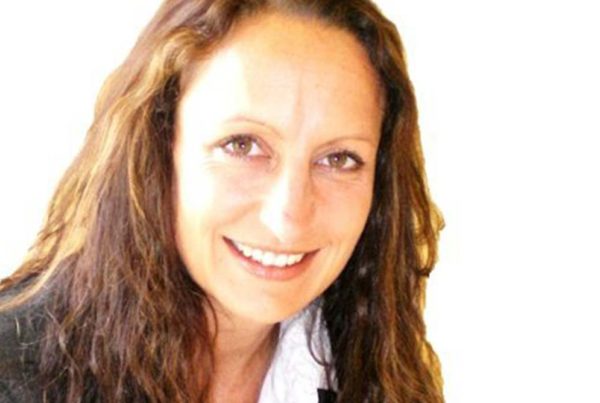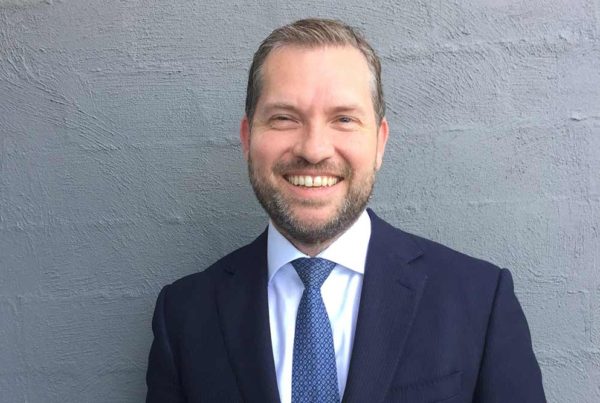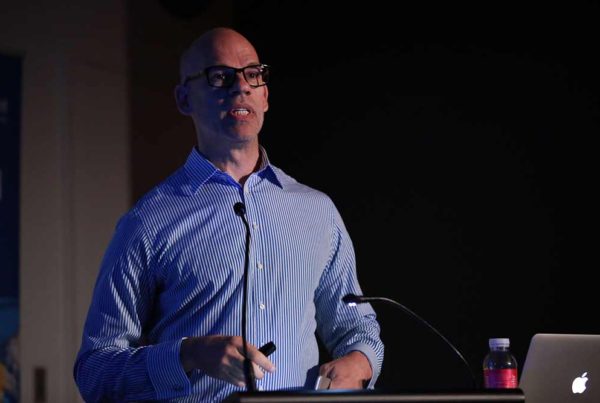
Woollahra City Councillor, Katherine O’Regan.
Katherine O’Regan would have to be one of Australia’s most ambitious local government representatives, with credentials within public and private sector organisations. These include her service as an adviser and Chief of Staff to Australian federal and state government ministers and her position as a trusted adviser to CEOs of Australia’s top 50 listed corporations.
And on top of serving as a Deputy Mayor of Woollahra City Council, she is a director of the Sydney Institute and the Future Cities Collaborative, the sustainable urban development initiative of the University of Sydney.
Ms O’Regan was recently part of an exchange program between her council and the City of Emeryville in California in the United States to see how far that local government area had developed in its biotech precinct.
Now, she’s here on GovNews’ 5 Minutes With to share her thoughts.
You’ve notched up an impressive career in local government, being a councillor and Deputy Mayor for Woollahra City Council, what advice would you offer to anyone making a start in local government?
Listen, learn and lead are three important guiding principles to be successful in local government. Being the level of government closest to the community there is a real opportunity to make a difference to the day to day lives of people. Understanding the different needs, challenges and opinions means you have to listen to many diverse voices and navigate a path through. At times this will mean being ahead of the current community’s views so that you have to be brave and lead the community to the destination. Where you listen and learn you are not only know when to lead but also what type of leadership style is suited for the situation.
What are the biggest challenges that you’ve had to overcome in your time serving in local government?
Overcoming the natural human instinct to resistance to change is perhaps the most challenging issue in local government. This may be the community who don’t support a change to add a basketball court in a park to serve the growing younger generation as it may cause increased use of the park, the reticence of council to change the location in which to plant a street tree even though it interferes with users in the street, and the reluctance of community organisations to embrace a change in planning controls even though these will revitalise their area.
Resistance to change means that there is a constant tension between protecting our past and moving forward, with complying to rules and having flexibility to meet the needs of specific situations and working in the interests of individual members of the community and working in the community interest. The challenge of resistance to change makes even more challenging it is to strike the right balance.
Recently, you toured the biotech precinct in the City of Emeryville in the United States – as an Australian councillor, what impressions did you get from the way American councils are managed?
Councils in the United States appear much more willing to embrace new ways of doing things and be masters of their own destiny. Emeryville is a small city with a population of a little over ten thousand yet it has a development and successfully implemented a grand plan that has attracted big technology corporations to base themselves there, they have proactively built a train station to make it easier for local and interstate commuters to stop there and have developed partnerships across the public and private sector to address housing needs.
In Australia we tend to wait for State or Federal government to act or we ask permission before we act. We seem to be far more conservative in decision making and rely much more on big government to address some of these local issues when we can often find a solution at a local level.
What knowledge did you gain from the City of Emeryville that you feel resonated with you the most and how can that knowledge be applied in Woollahra or other councils across Australia?
The City of Emeryville were leaders of their own destiny, they developed a plan to make their city a great place and have delivered on it. They recognised that they needed an anchor in their city to create jobs and focused on attracting technology companies. They also recognised that they could not make a great city on their own so they engaged the private sector to partner and finance projects to grow the city.
Cities across Australia can benefit from thinking through what is the anchor or the pulse of the city. That is, understand what it is that what creates jobs, connectivity and well-being in their area and how can they as, urban leaders, work together to deliver it. This may be better streets, a partnership with a University, or a housing program that supports key workers. Emeryville’s innovation district was borne out of a crisis, Australian cities should not need a crisis to make a better city.
What major points of knowledge or advice did you offer your counterparts in the City of Emeryville?
To my colleagues in Emeryville, I say keep up the good work and continue to strive to innovate, achieve and make a difference. Every city matters and while I am sure there have been many challenges and even some resistance to change, the progress made has put you on the map. More Australian city leaders should come and visit you.
What challenges in creating a better city are shared between Woollahra and Emeryville? What resources and know-how are needed to overcome these hurdles?
A shared issue between Emeryville and Woollahra is managing urban growth or more specifically, how do civic leaders rise above the day to day issues and set a clear vision for their city to ensure that the community is both sustainable and viable. In Emeryville the leaders needed to attract and retain people in order to sustain the city yet this growth had to be done in a way to enhance liveability. In Woollahra we are likewise faced with an increase in urban population and how we manage this while maintaining, or improving, liveability standards is critical.
What economic benefits could a tech start-up hub/precinct in Woollahra potentially deliver? Is this a direction that Australian councils should consider to boost their economic credentials?
The Woollahra, and broader area, would significantly benefit from an innovation hub particularly in economic and social centres such as Double Bay. In Double Bay a health hub has naturally formed and this could be leveraged to proactively attract other health related businesses and start-ups . This would have the potential to create local jobs and boost the local economy. It also would mean a lot shorter commute from home to work for many people enabling them to spend more time with their families as well as increase local health services.
Whether it is in health, technology, manufacturing or creative industries Australian councils have the opportunity to really embed innovation in their communities by developing an innovation precinct.
Congratulations on your new role in heading up the Future Cities Collaborative! What direction do you want to drive the Collaborative and what are the key ambitions that you would like to achieve for yourself as well as cities across Australia?
The Future Cities Collaborative has the single goal of building leadership capacity to ensure our cities meet the needs of communities. We have worked successfully with local government leaders, State Governments as well as the private sector to help shape our cities. While continuing to provide advice and mentoring to urban leaders, our professional development programs will be developed further to provide masterclasses, workshops and courses in key areas including innovation and digital strategies, resilience and sustainability, and financing.
These programs together with our international knowledge events and exchanges will give urban leaders across the public and private sector the insights, tools and confidence to have a real positive impact on our cities, towns and communities.
My personal goal is to see these leaders achieve great things for their communities.
View more from Shaping The Future series See video series and sign up




